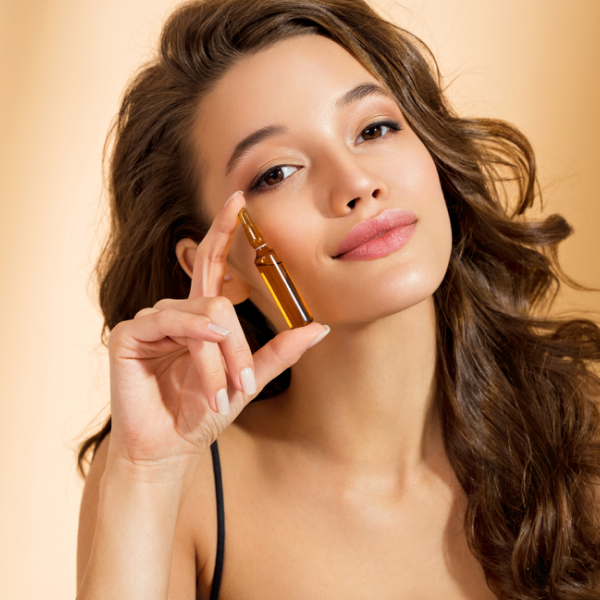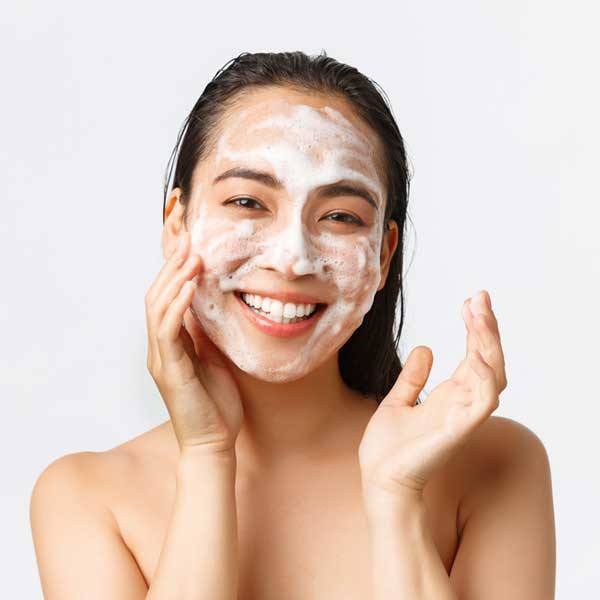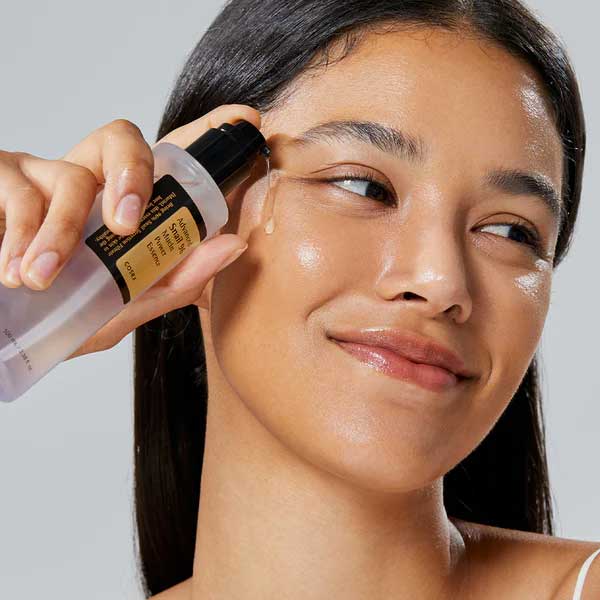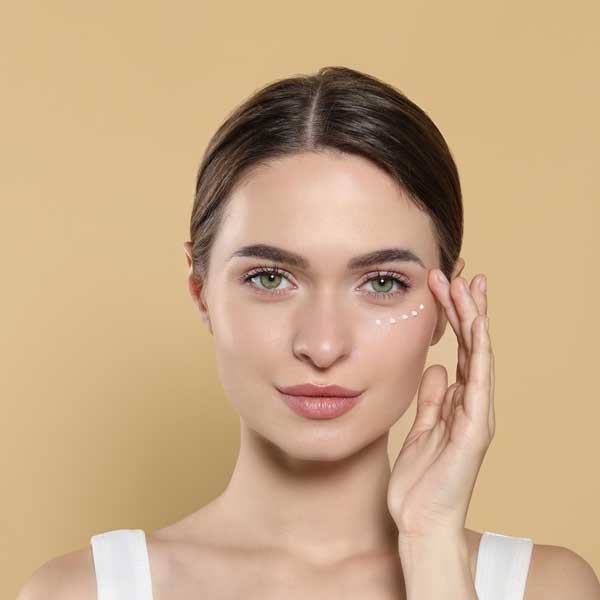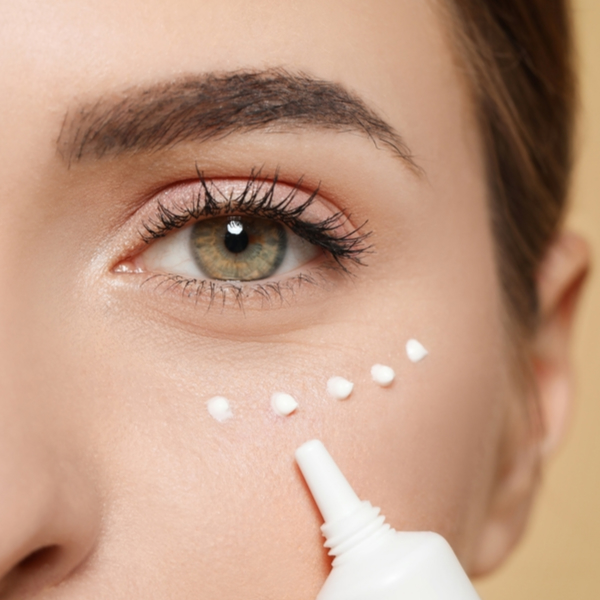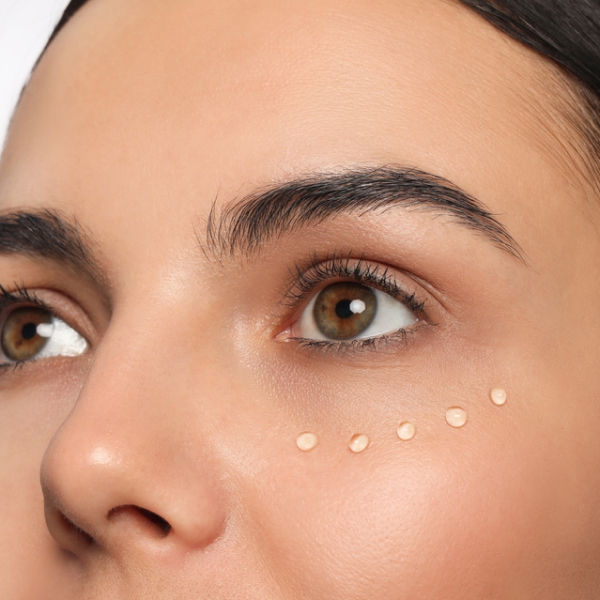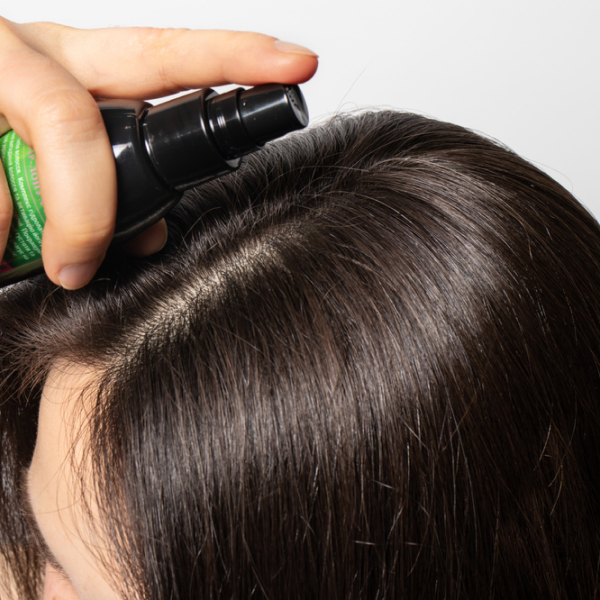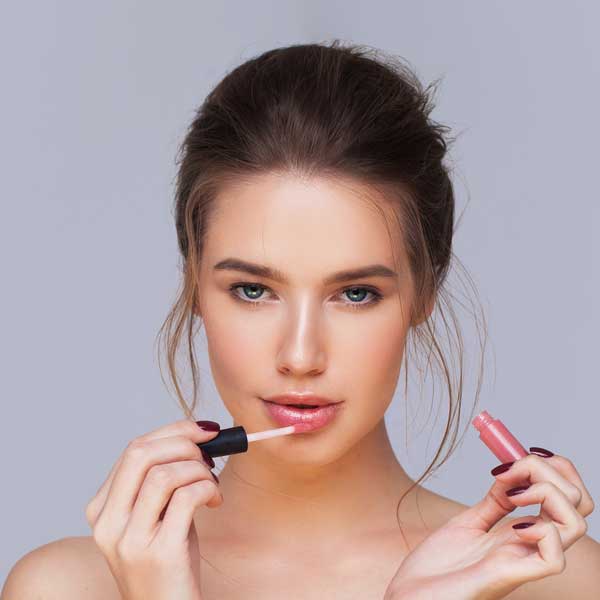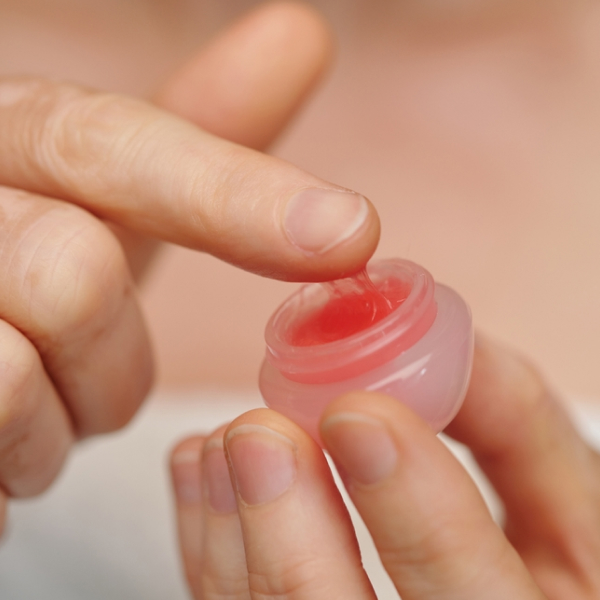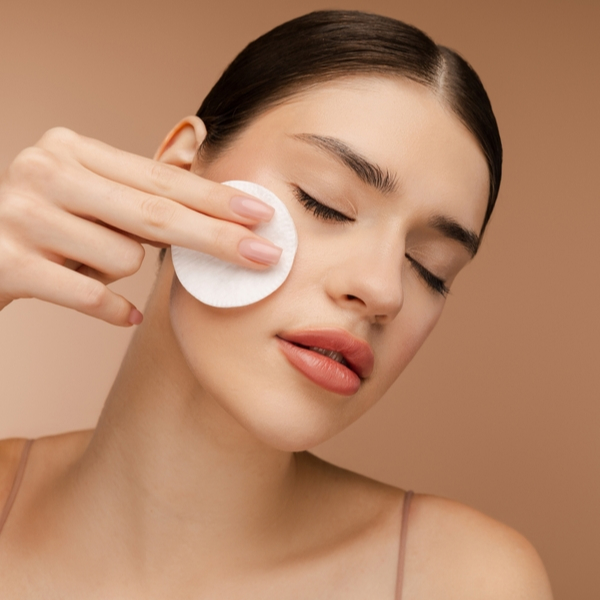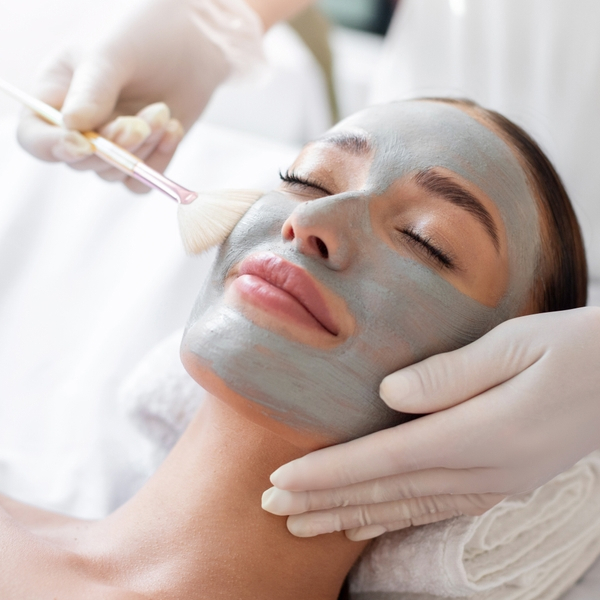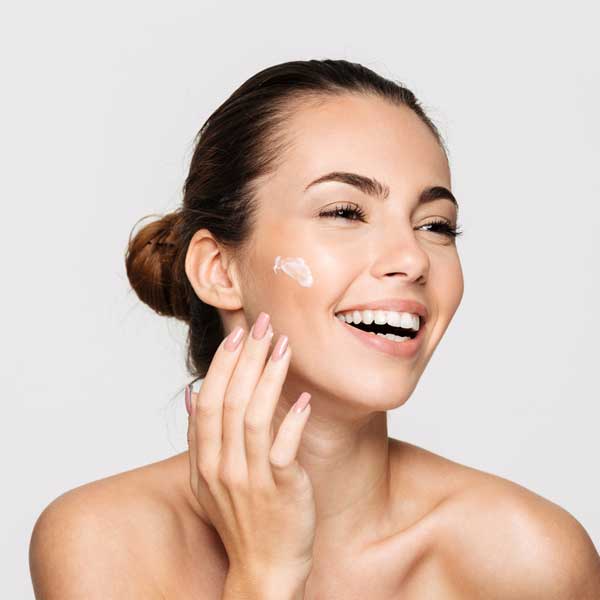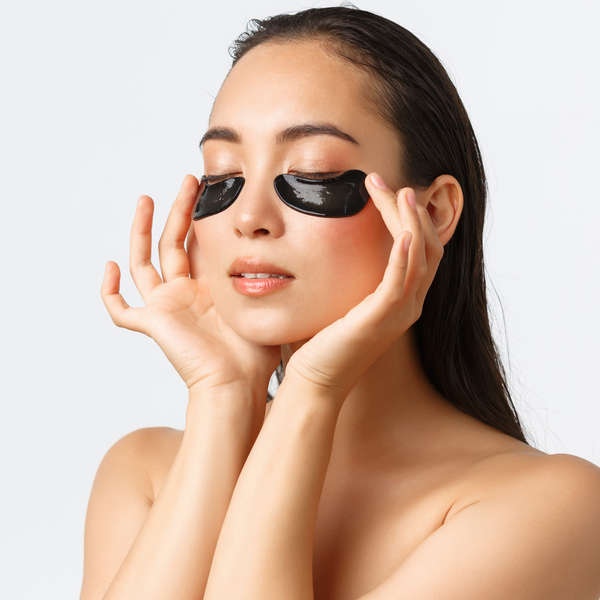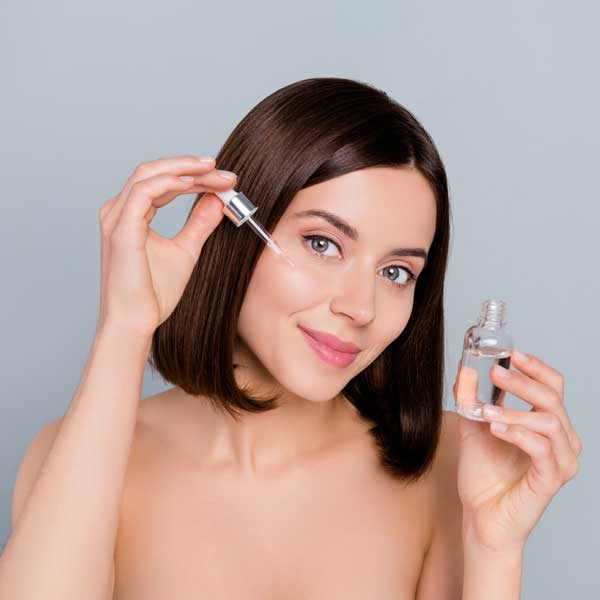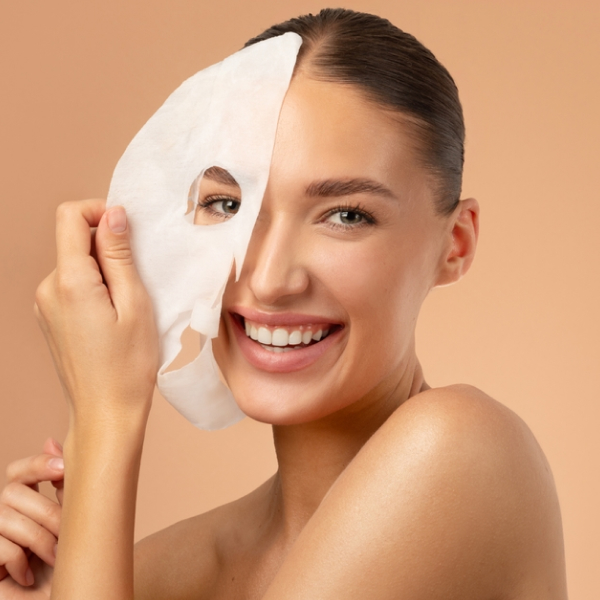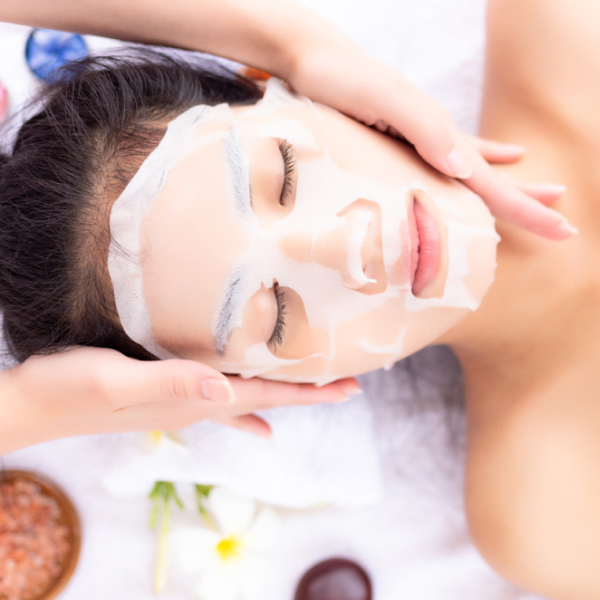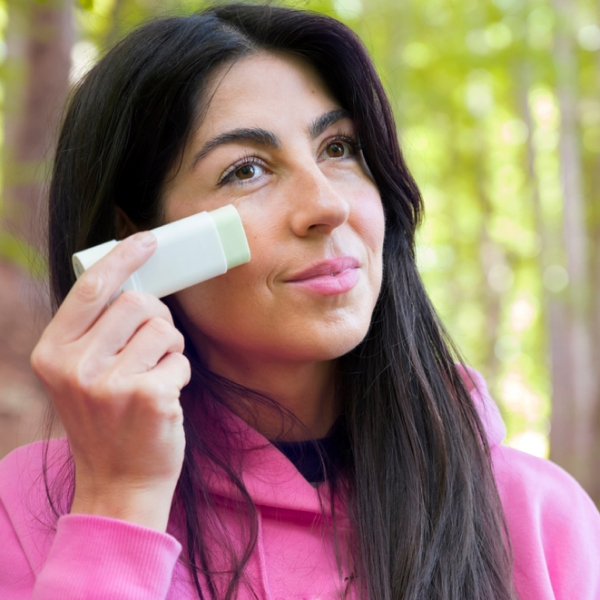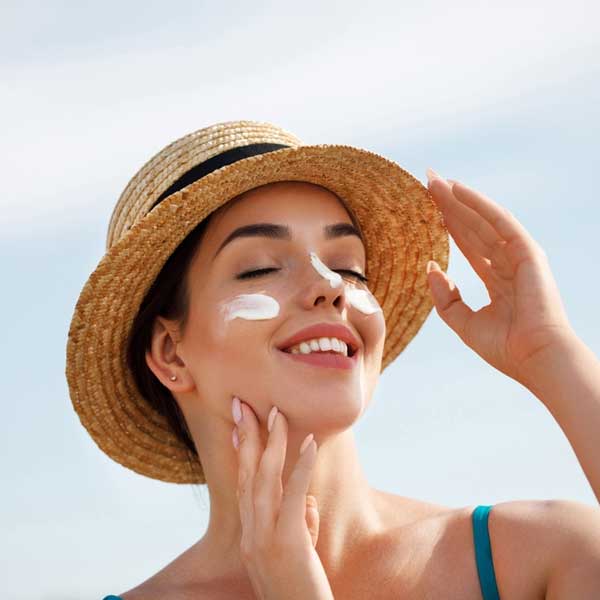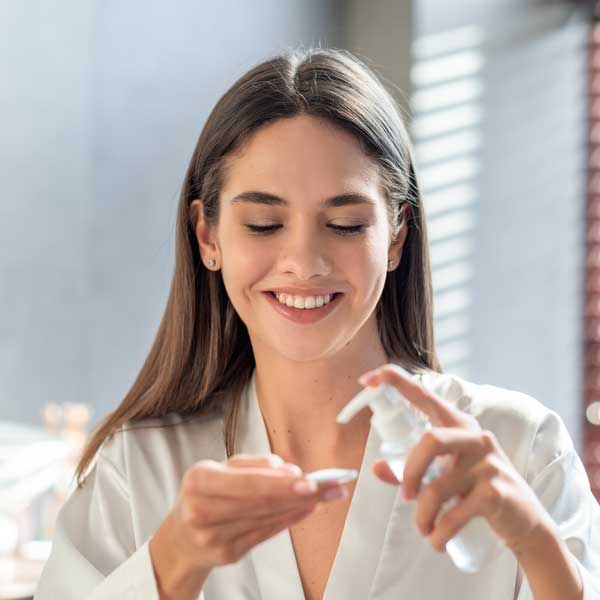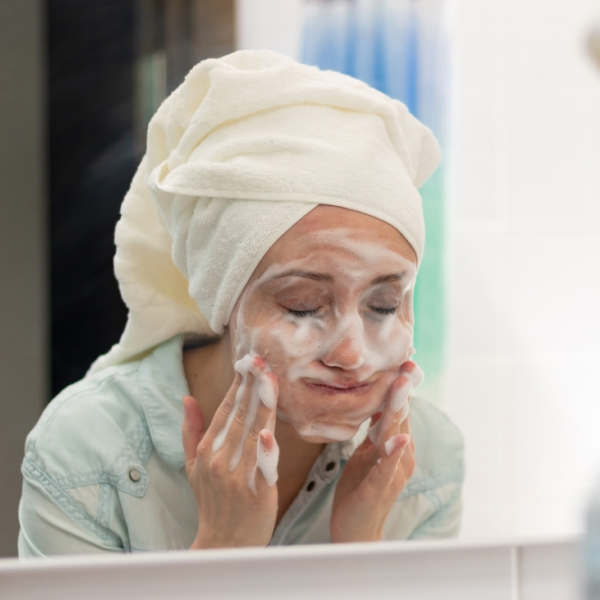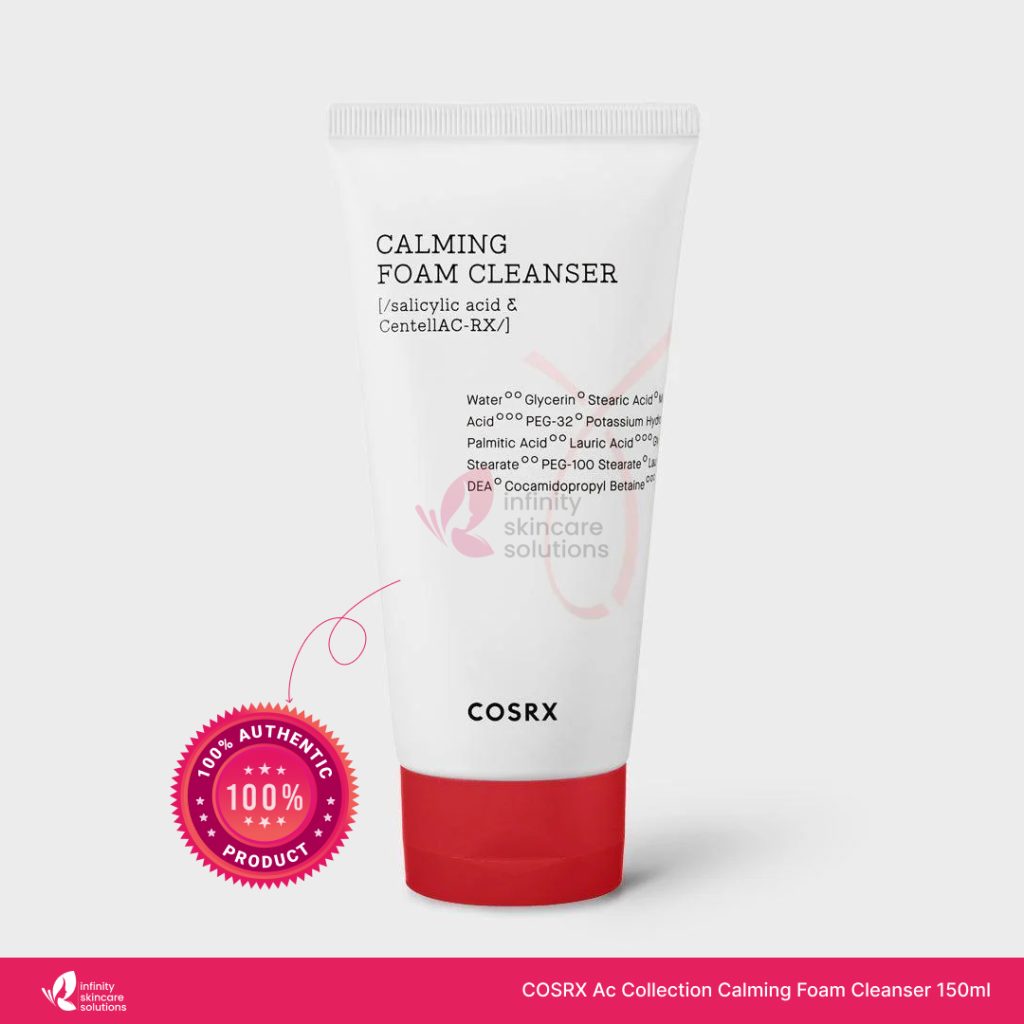Blemishes
Brand
Size
- 150ML 1
COSRX Ac Collection Calming Foam Cleanser 150ml
Rated 0 out of 5
Blemishes – Causes, Types, Treatments & Skincare Routine
Blemishes are more than just occasional spots — they can include dark marks, pimples, acne scars, and uneven texture that affect your skin’s clarity and confidence. Understanding the root causes of blemishes helps you create a skincare routine that’s not only corrective but also preventative.
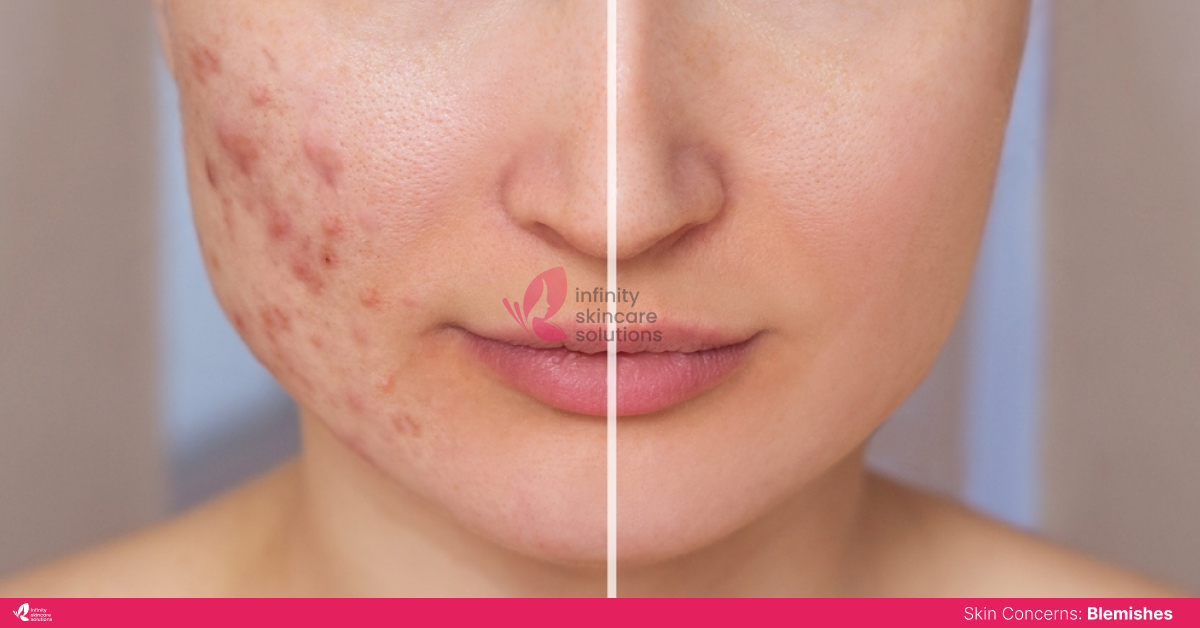
What Are Blemishes?
A blemish is any type of mark, spot, discoloration, or flaw on the skin’s surface. These can appear as pimples, dark spots, acne scars, whiteheads, blackheads, or pigmentation. While often harmless, blemishes can be persistent and emotionally frustrating if not treated effectively.
Common Causes of Blemishes
Blemishes can develop from various internal and external factors, including:
- Excess Sebum Production – Clogged pores lead to acne and blackheads that leave blemishes behind.
- Hormonal Imbalances – Often cause breakouts and inflammation, especially during puberty, menstruation, or pregnancy.
- Poor Skincare Habits – Not removing makeup, using harsh products, or skipping sunscreen can trigger blemishes.
- Environmental Pollutants – Air pollution and UV exposure can worsen skin texture and promote discoloration.
- Picking at Pimples – This can lead to post-inflammatory hyperpigmentation (PIH) or scarring.
Types of Blemishes
Understanding what kind of blemish you’re dealing with is essential for choosing the right solution. Common types include:
- Acne Lesions – Pimples, whiteheads, and cysts that result from clogged pores.
- Post-Acne Marks – Brown or red spots that remain after pimples heal.
- Scars – Indented or raised skin caused by damaged tissue during severe acne.
- Pigmentation & Dark Spots – Often caused by sun damage or inflammation.
- Textural Irregularities – Uneven skin caused by past breakouts or skin conditions.
How to Treat Blemishes Effectively
Treatment depends on the type and severity of the blemish. A combination of skincare ingredients and healthy habits works best:
✅ Recommended Skincare Ingredients:
- Niacinamide – Fades dark spots and regulates oil.
- Salicylic Acid (BHA) – Unclogs pores and exfoliates from within.
- Glycolic Acid (AHA) – Smooths texture and brightens dull skin.
- Vitamin C – Reduces pigmentation and boosts collagen.
- Azelaic Acid – Calms inflammation and brightens post-acne marks.
- Retinoids – Encourage cell turnover and improve skin texture.
🔬 In-Clinic Options (For stubborn cases):
- Chemical Peels
- Laser Therapy
- Microneedling
- LED Light Therapy
Best Skincare Routine for Blemish-Prone Skin
Here’s a basic yet effective blemish-fighting skincare routine:
🌞 Morning Routine:
- Gentle Cleanser (Non-stripping, pH-balanced)
- Toner with soothing or exfoliating properties
- Niacinamide or Vitamin C Serum
- Oil-Free Moisturizer
- Broad-Spectrum Sunscreen (SPF 50+)
🌙 Night Routine:
- Double Cleanse (if wearing makeup)
- Exfoliating Toner (2-3 times a week with BHA/AHA)
- Targeted Serum (Azelaic Acid, Retinol, or Vitamin C)
- Barrier-Repair Moisturizer
- Spot Treatment (if needed)
💡 Tip: Introduce new actives slowly to prevent irritation.
FAQs About Blemishes
Can blemishes go away on their own?
Yes, mild blemishes such as post-acne marks may fade over time, especially with proper sun protection. However, using active ingredients like niacinamide or Vitamin C can speed up the healing process.
How long does it take for blemishes to clear?
This depends on the type of blemish. Post-inflammatory hyperpigmentation may take 2–6 months to fade, while textural scars might need long-term treatment or clinical procedures.
Are natural remedies effective for blemishes?
Some natural ingredients like aloe vera or green tea can help soothe inflamed skin, but they usually aren’t strong enough for deep pigmentation or acne scars. Combining natural care with clinically backed actives works best.
Is it safe to exfoliate blemish-prone skin?
Yes, but it should be done gently and no more than 2–3 times a week. Use BHAs (like salicylic acid) for oily skin and AHAs (like glycolic acid) for dry or textured skin.
Can sunscreen help with blemishes?
Absolutely. UV exposure can worsen pigmentation and delay healing. Applying SPF daily protects blemished skin and helps fade marks faster.
Online store of household appliances and electronics
Then the question arises: where’s the content? Not there yet? That’s not so bad, there’s dummy copy to the rescue. But worse, what if the fish doesn’t fit in the can, the foot’s to big for the boot? Or to small? To short sentences, to many headings, images too large for the proposed design, or too small, or they fit in but it looks iffy for reasons.
A client that’s unhappy for a reason is a problem, a client that’s unhappy though he or her can’t quite put a finger on it is worse. Chances are there wasn’t collaboration, communication, and checkpoints, there wasn’t a process agreed upon or specified with the granularity required. It’s content strategy gone awry right from the start. If that’s what you think how bout the other way around? How can you evaluate content without design? No typography, no colors, no layout, no styles, all those things that convey the important signals that go beyond the mere textual, hierarchies of information, weight, emphasis, oblique stresses, priorities, all those subtle cues that also have visual and emotional appeal to the reader.

